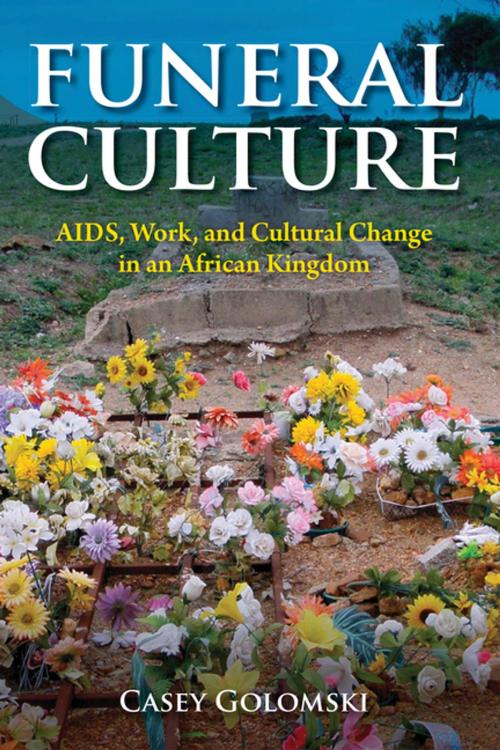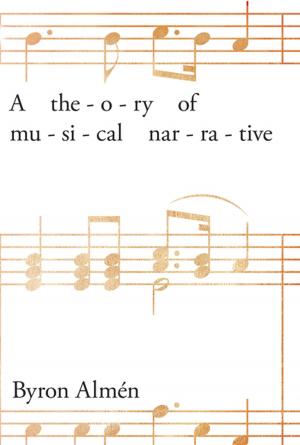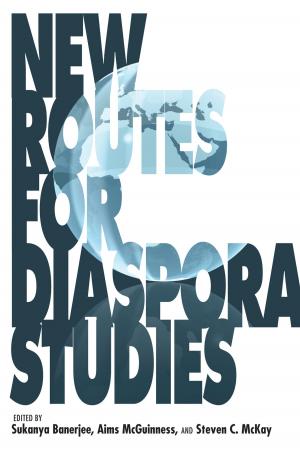Funeral Culture
AIDS, Work, and Cultural Change in an African Kingdom
Nonfiction, Social & Cultural Studies, Social Science, Cultural Studies, Death & Dying, Customs & Traditions| Author: | Casey Golomski | ISBN: | 9780253036483 |
| Publisher: | Indiana University Press | Publication: | June 4, 2018 |
| Imprint: | Indiana University Press | Language: | English |
| Author: | Casey Golomski |
| ISBN: | 9780253036483 |
| Publisher: | Indiana University Press |
| Publication: | June 4, 2018 |
| Imprint: | Indiana University Press |
| Language: | English |
Contemporary forms of living and dying in Swaziland cannot be understood apart from the global HIV/AIDS pandemic, according to anthropologist Casey Golomski. In Africa’s last absolute monarchy, the story of 15 years of global collaboration in treatment and intervention is also one of ordinary people facing the work of caring for the sick and dying and burying the dead. Golomski’s ethnography shows how AIDS posed challenging questions about the value of life, culture, and materiality to drive new forms and practices for funerals. Many of these forms and practices―newly catered funeral feasts, an expanded market for life insurance, and the kingdom’s first crematorium―are now conspicuous across the landscape and culturally disruptive in a highly traditionalist setting. This powerful and original account details how these new matters of death, dying, and funerals have become entrenched in peoples’ everyday lives and become part of a quest to create dignity in the wake of a devastating epidemic.
Contemporary forms of living and dying in Swaziland cannot be understood apart from the global HIV/AIDS pandemic, according to anthropologist Casey Golomski. In Africa’s last absolute monarchy, the story of 15 years of global collaboration in treatment and intervention is also one of ordinary people facing the work of caring for the sick and dying and burying the dead. Golomski’s ethnography shows how AIDS posed challenging questions about the value of life, culture, and materiality to drive new forms and practices for funerals. Many of these forms and practices―newly catered funeral feasts, an expanded market for life insurance, and the kingdom’s first crematorium―are now conspicuous across the landscape and culturally disruptive in a highly traditionalist setting. This powerful and original account details how these new matters of death, dying, and funerals have become entrenched in peoples’ everyday lives and become part of a quest to create dignity in the wake of a devastating epidemic.















